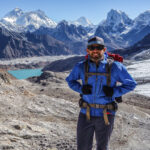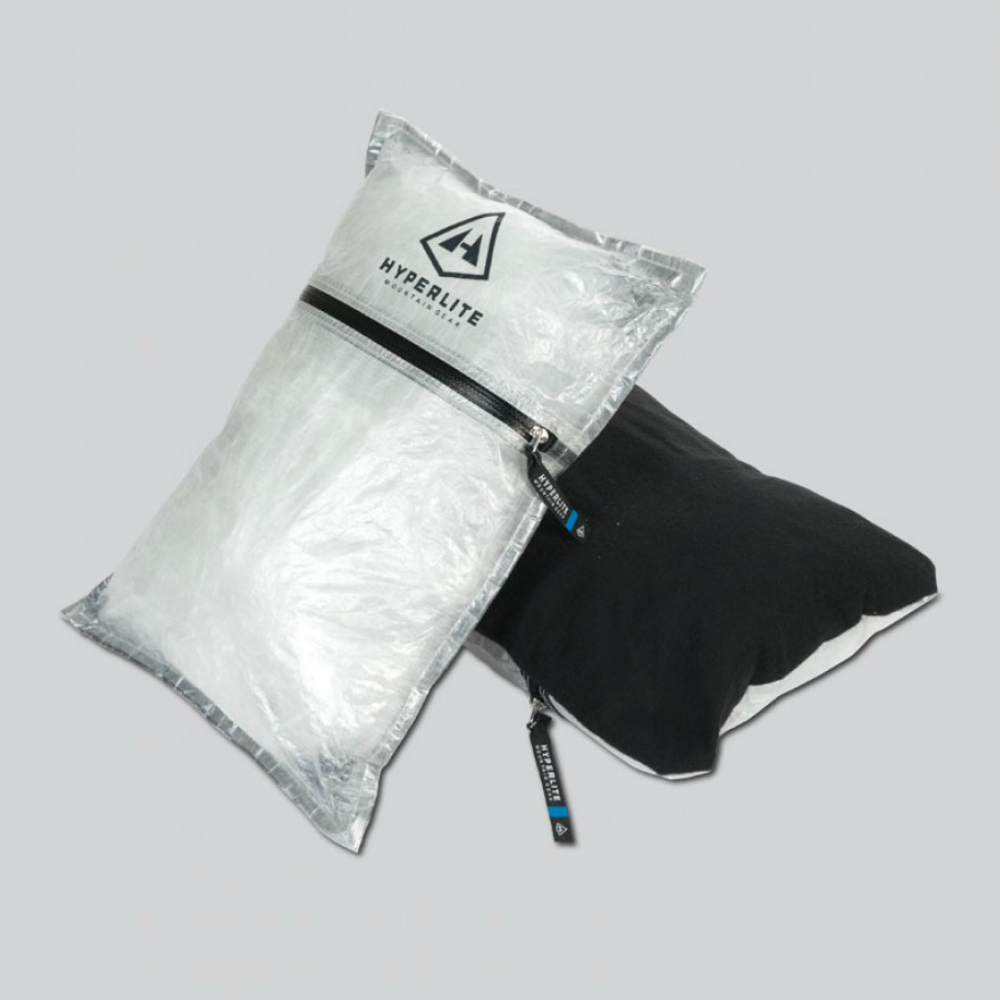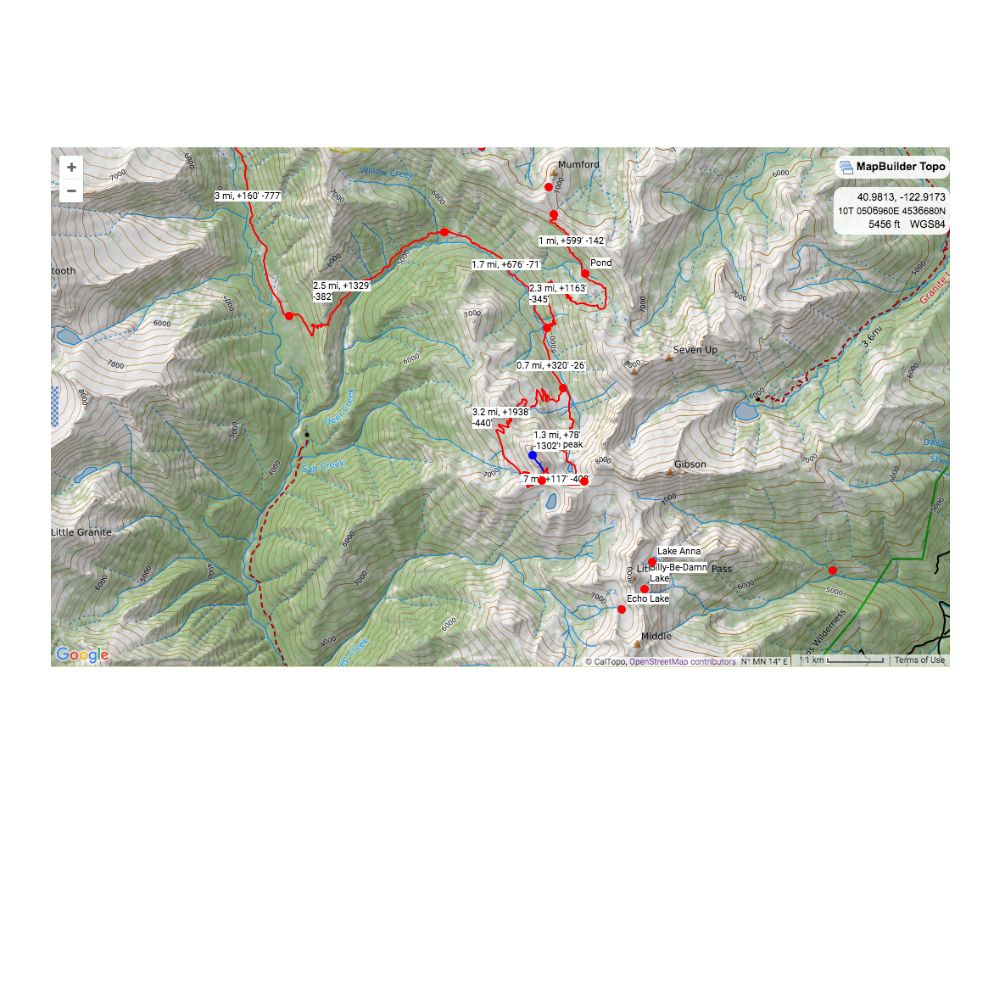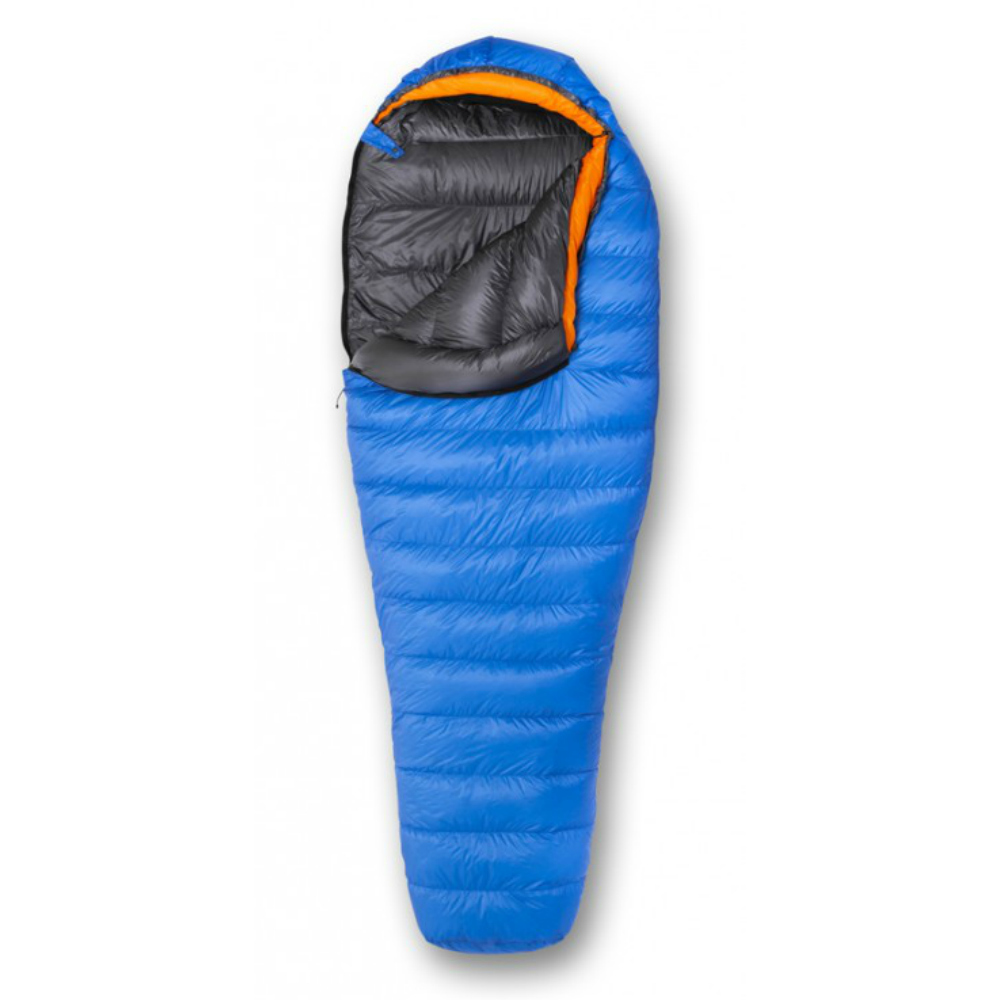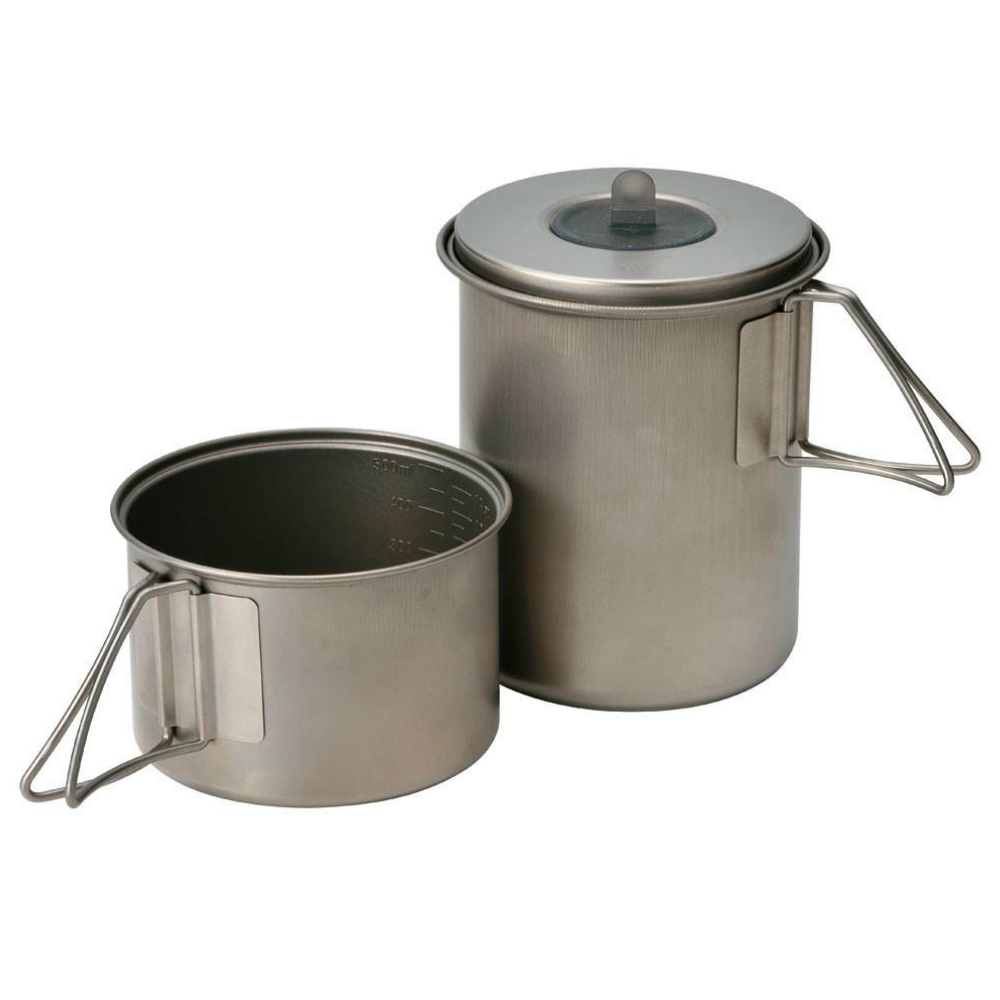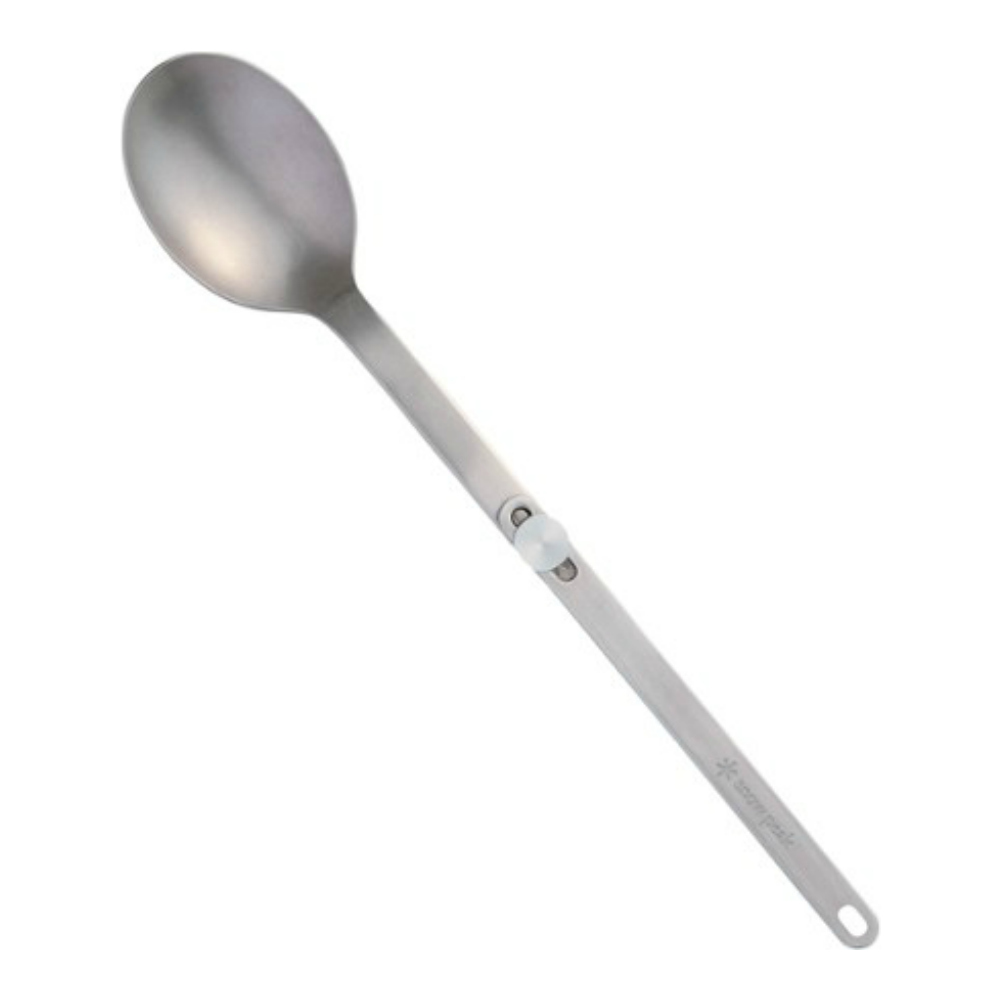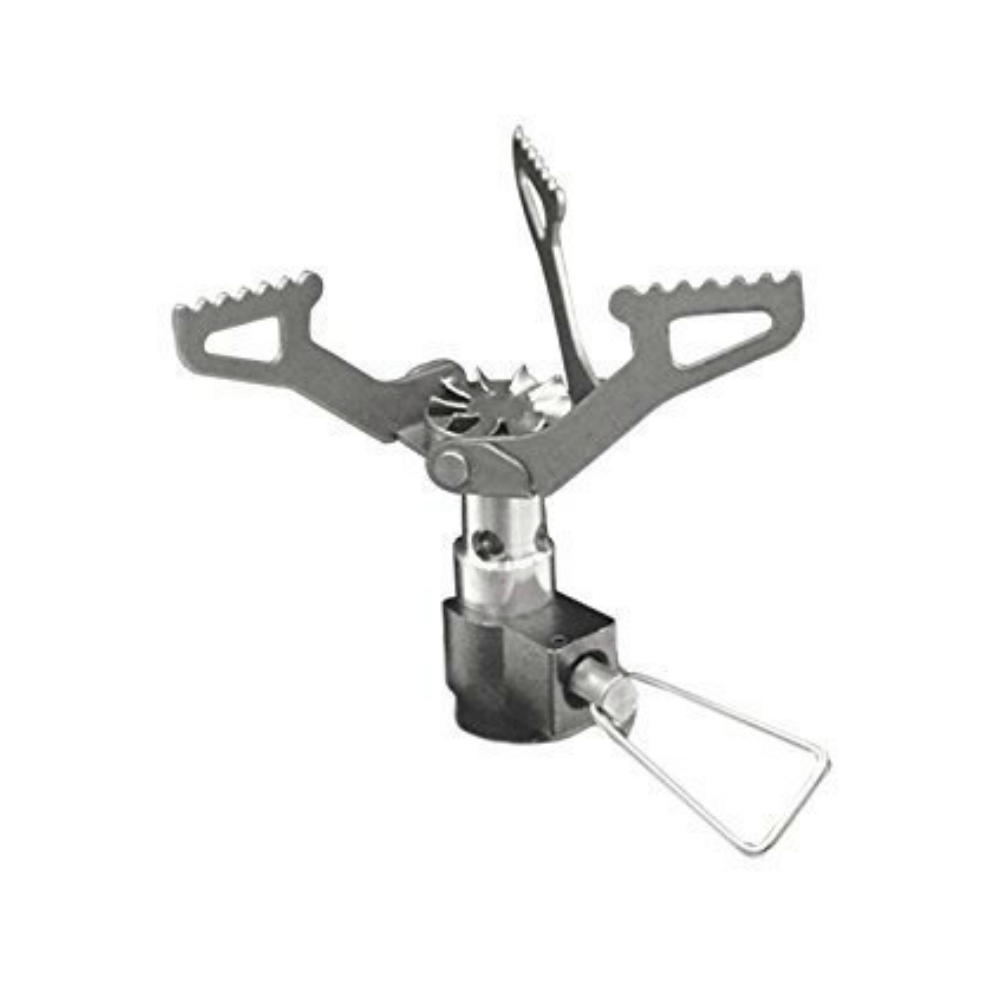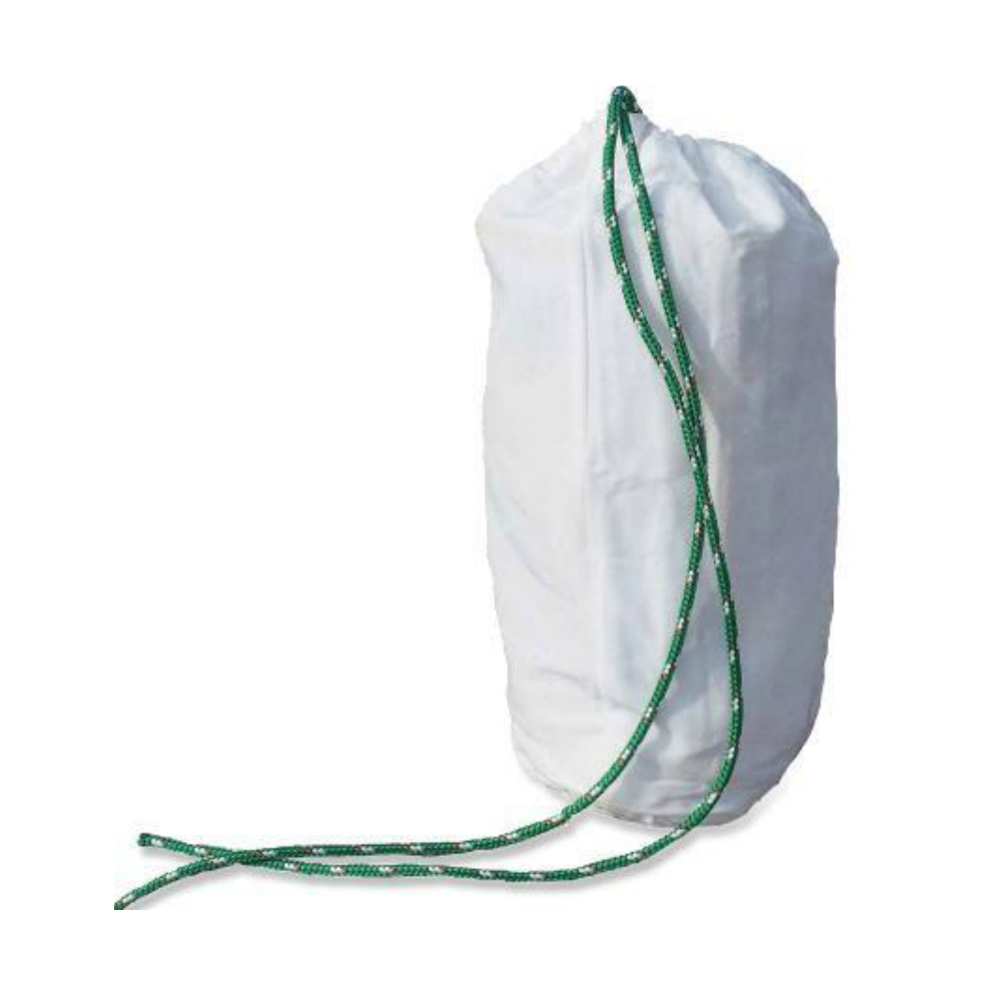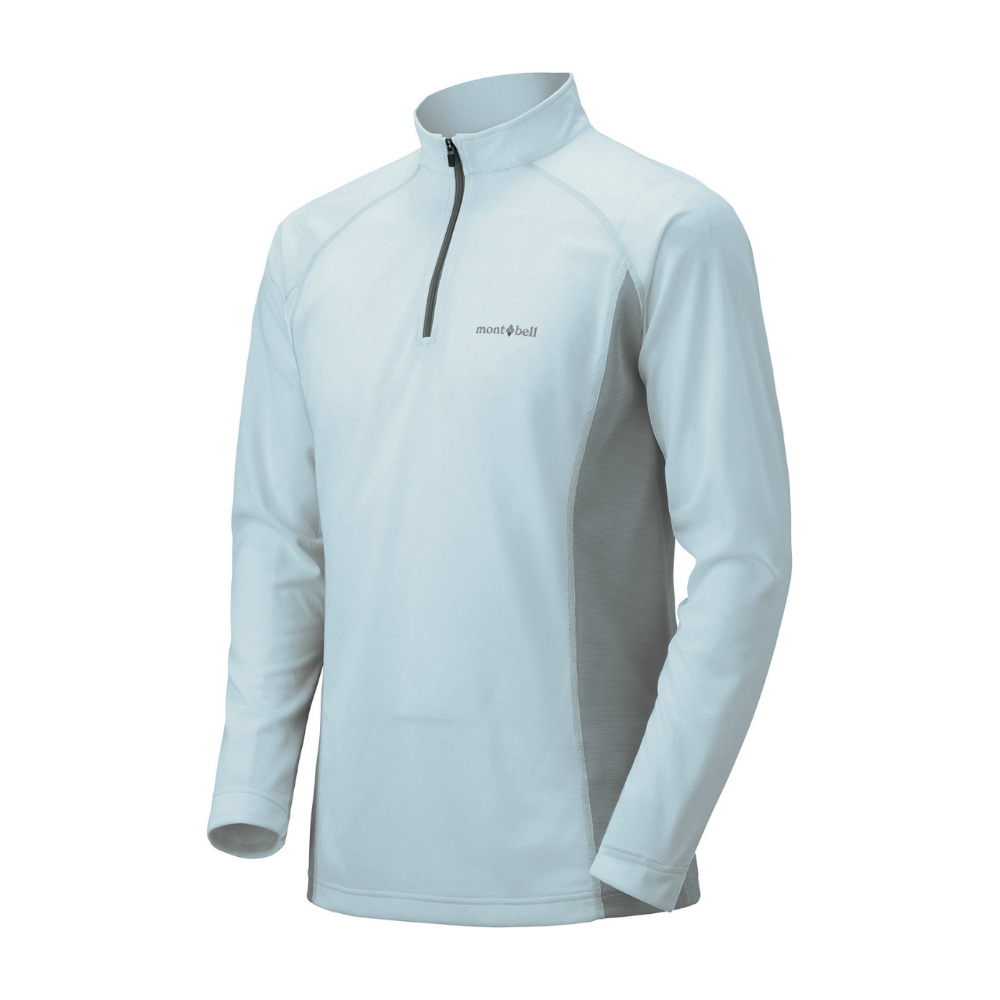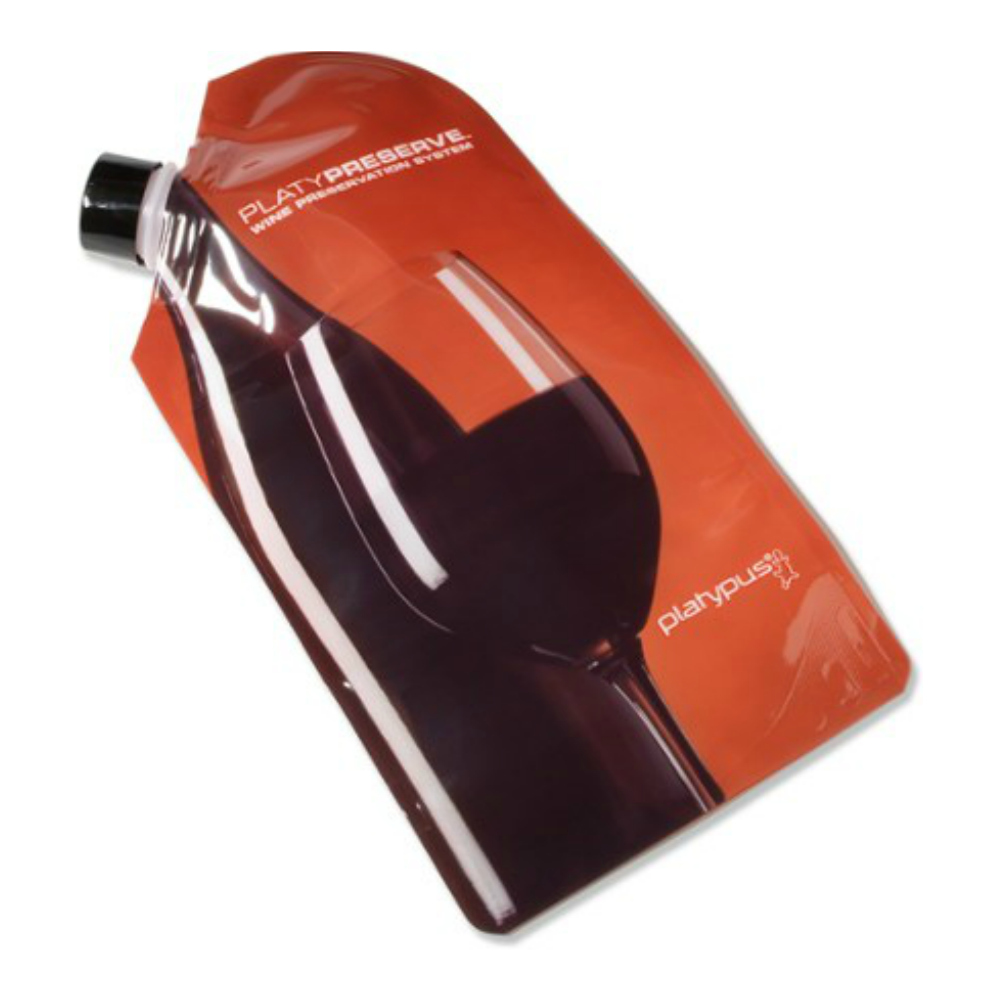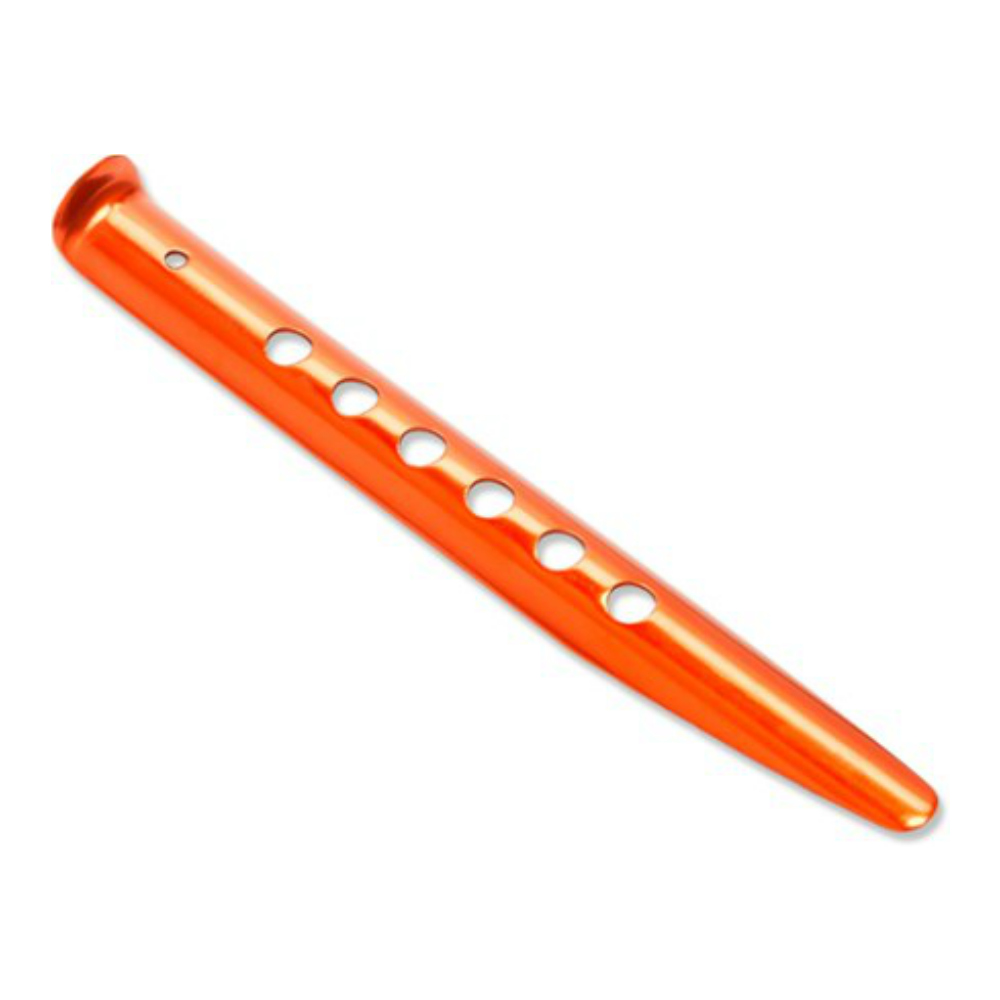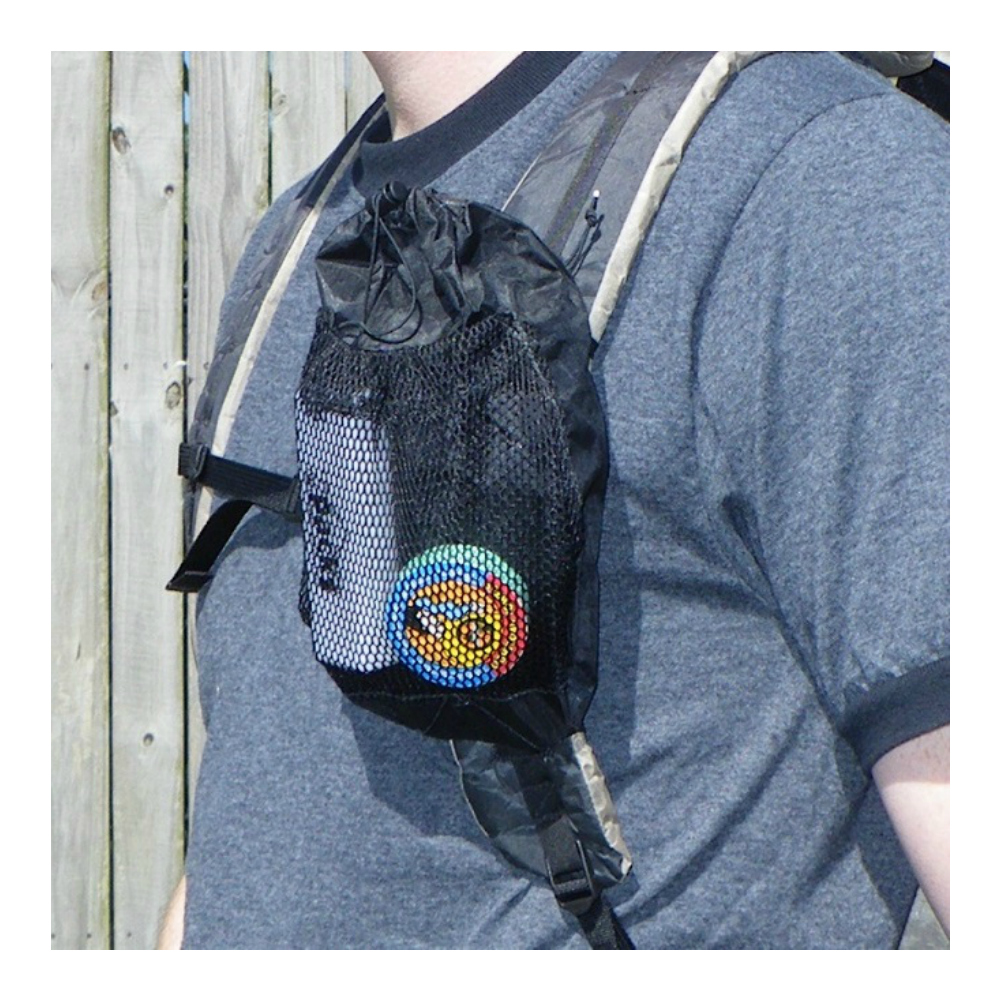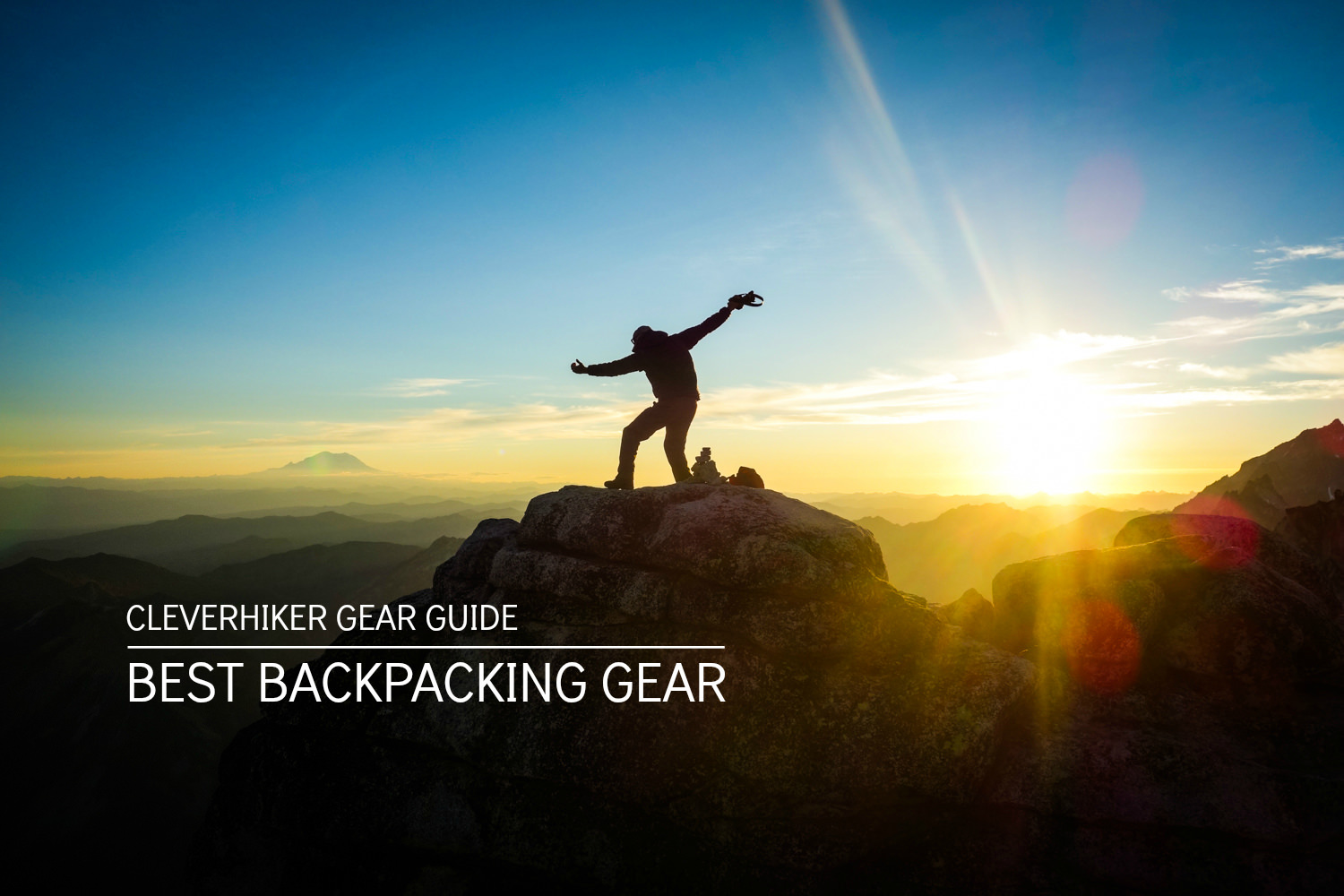We’ve spent the last few months hiking hundreds of miles through Oregon, Utah, Peru, Bolivia, and California testing a bunch of new gear. We were surprised by how much we liked some of our new equipment, so we thought we’d put together a post to highlight our favorite summer backpacking gear, big and small. Some of this equipment is new to the backpacking world, some has recently been updated, and some are longtime favorites that rekindled our gear-nerd love. So hopefully this post will help turn you on to some awesome new gear that you’ll love as much as we do. And if you’re looking for more comprehensive guides on big ticket items like tents, sleeping bags/pads, backpacks, and a whole lot more, check out the CleverHiker Gear Guide for all our top recommendations.
Hyperlite Mountain Gear’s Large DCF8 Stuff Sack Pillow is one of our favorite backpacking tools of the year. Any item that helps us get better trail sleep while reducing pack weight is gold in our books, and HMG’s stuff sack pillow is just that. It’s functionality as a stuff sack is okay, but it’s functionality as a pillow is top notch, making it well worth the investment. This stuff sack pillow weighs almost nothing (1.4 oz), feels soft against the skin, and has a rectangular shape like the pillow you use at home. When paired with a lightweight down jacket, this is the most comfortable trail pillow we’ve ever used. So if you’re in need of a better trail pillow, we highly recommend checking out HMG’s Large DCF8 Stuff Sack Pillow. Note: HMG also makes fantastic roll-top stuff sacks that we’re big fans of as well.
Nature rarely provides cushy seating options, sad but true. That’s one of the reasons we love Therm-A-Rest’s Z-Seat so much. The Z-Seat is affordable, durable, weighs next to nothing (2 oz), and stows easily for a comfy cushion whenever we need it. We constantly find ourselves reaching for it on snack breaks, while filtering water, or just chilling around camp. It’s no La-Z-Boy, but the Z-Seat is an excellent lightweight solution for nature’s rugged seating options.
The newly updated Gaia GPS phone app is an exceptional backpacking innovation. It’s like having Google Maps in the wilderness, with no cell reception required. Gaia is excellent (almost essential) for off-trail travel, but it’s also very useful on trail as well. It’s great to know your exact location, how far until your next checkpoint, and to make sure you’re on the right trail. We’ve helped many confused trekkers with navigation this year, and all of them wished they had downloaded Gaia GPS before their trips. Like all GPS tools, you should never solely rely on gear that can break or lose battery in the woods, so we still carry paper maps and a good compass on all our backcountry trips (Refresher: how to use a topo map and compass). In summary, we found Gaia GPS to be a very powerful wilderness navigation tool and we highly recommend downloading it before your next trek.
Caltopo is another excellent piece of mapping software that we highly recommend for backcountry travel. We use Caltopo all the time for planning new routes, printing detailed topographical maps, and exporting waypoints to our Gaia GPS phone app. There’s a ton of functionality in Caltopo and the tool can take some time to learn, but once you’ve got the basics down you’ll find it to be incredibly helpful for planning your next backcountry trip.
If you backpack in remote locations far from emergency help, we highly recommend checking out the Spot Gen3 GPS Messenger. We’ve been using ours throughout Utah, California, and the Pacific Northwest and we’ve been surprised by how much comfort it’s bringing us. The Spot can be used to send GPS distress signals in areas without cell reception, which is excellent, but it can also be used to send pre-programed messages (email or text) to let loved ones know you’re okay. We press the Spot 1-2 times per day while traveling to send friends and family a short message with a map showing our location. Everyone at home loves our check-ins, and we appreciate knowing that we could call for help if we really needed to. The spot device and services are spendy, but if you often hike in remote locations, the cost may be well worth the peace of mind.
We recently tested the women’s-specific Egret UL 20 sleeping bag in the chilly temps of Peru and Bolivia and we have a new gear-crush on this bag. It’s incredibly light (1lb 12oz), filled with responsibly-sourced 950+ goose down, and feels soft against the skin. As a women’s bag, it has more space in the chest and hips, which provides a more comfortable night’s sleep than traditional mummy bags. It’s rated as a 20°F bag and we found ourselves removing layers throughout the night in the frigid Andes, while others with 10-20°F bags were miserably cold. Though this isn’t specifically a summer bag, we think it’s an excellent choice for women wanting one solid, all-around sleeping bag.
We’ve trekked through wet, sandy, and dusty trail conditions this year that would have easily killed our phones if not for our LifeProof Fre phone cases. So, needless to say, we’re big fans. If you plan on using your phone in the backcountry (taking photos or using Gaia GPS for example), we’d highly recommend getting a trustworthy, waterproof case like the LifeProof Fre.
Many of our spring trips this year required carrying a bunch of water due to unreliable backcountry sources. We found ourselves using Platypus Platy Bottles almost every day and we were impressed with how well they held up over the miles. These lightweight plastic containers are strong and durable, which is a critical consideration when toting water into completely dry terrain. Also, we’re always nervous about putting water containers inside our packs (a leak could soak critical gear), but these Platy Bottles quickly gained our trust and didn’t let us down.
Snow Peak’s recently redesigned Mini Solo Cookset is a fantastic fit for 1-2 backpackers. Backcountry meals tend to be fairly simple (coffee, oatmeal, rehydrated dinners, etc) and often require little more than boiling water. That’s why the Solo Cookset is such a good fit. It’s compact and ultralight (5.5 oz), but large enough to cook simple backcountry meals for two (bring an extra simple mug for the second person). The improved lid on the Solo is easier to remove when hot, the mug has helpful measurement notches, and an entire cookset (fuel, stove, foldable spoon, small lighter, and dish towel), can stow away in it easily. For simplicity and convenience, the Solo is tough to beat.
We’ve been surprised by how much we like the functionality of Snow Peak’s Long Folding Spoon this year. It’s long enough to scrape the bottom of deep rehydrated dinner bags, it folds up small enough to fit in our Mini Solo Cookset, and it’s strong enough that it won’t snap in half in the peanut butter jar like cheap plastic alternatives. It’s a spendy spoon compared to simpler alternatives, but it’s tough to beat for backpacking functionality.
We’ll be the first to admit, the BRS Ultralight Stove has some significant downsides compared to more reliable competition, but it’s pros still outweigh its cons in our book. The main two strengths of the BRS are it’s cost and weight. The BRS is so cheap and light (1 oz) that it’s almost certainly within every backpacker’s budget. As for downsides, it’s a smaller stove, so it’s best for 1-2 people with smaller pots (like the Mini Solo listed above). The BRS doesn’t have a regulator, so it’s simmer control and fuel efficiency aren’t great. It also won’t work nearly as well in cold (near freezing or below) temperatures. All that said, we’ve been happy with the BRS’s ability to get the job done, and for a 1 oz stove that costs as little as the BRS, it’s hard to judge it too harshly. If you’re looking for a more trustworthy option that can feed larger groups, check out the recently redesigned MSR PocketRocket 2, which we also really like.
Unless you’re a pro bear-bagger (which can still fail to savvy bears) or a bear canister user, you should really consider the Ursack Bear Bag. It’s much less bulky and far lighter than any bear canister and it’s a lot easier/faster than any bear bagging method. The kevlar fabric on the ursack is strong enough to keep bears out of your food, but the truth is that small rodents (mice, chipmunks, squirrels, etc.) tend to be much more of a nuisance in the backcountry. Mice will quickly chew through expensive backpacking gear to get into food, so we almost always travel with an Ursack in the backcountry. Two caveats: In grizzly country we tend to travel with bear canisters and some National Parks (Yosemite, for example) require bear canisters.
We spent a lot of time in hot desert climates this spring and MontBell’s Cool Long Sleeve Zip Shirt was great for beating the heat. It’s light, comfortable against the skin, dries quickly, and has plenty of stretch, which makes it an excellent choice for backpacking in warm climates. We recommend trying it on in-store if possible to make sure you get the right fit.
People often think we forgo camp comforts to be as light as possible on the trail, but that’s rarely the case. In fact, one of the main reasons we love backpacking light is because we can afford to bring some fun extras when the rest of our gear is so light. Good wine is often one of our favorite luxury items on the trail, but in the past we’ve found out the hard way that you need a sturdy container to carry it. That’s why we like the PlatyPreserve Wine Bag so much. It’s big enough to carry about 1.25 bottles of wine securely with no leaks and no worries. Cheers!
The more trails we travel, the more dirty toilet paper we come across. It’s a sad reality of backcountry travel; many hikers don’t take the time to properly bury their crap. Well here’s a tool that will make the job much easier. This lightweight, cheap Snow Stake functions great as a digging trowel. It only weighs one ounce, but it’s strong enough and long enough to dig a proper cathole. It also costs far less than most backpacking trowels, many of which are too short to get the job done properly. So help us protect our wilderness by leaving no trace, especially when it comes to human waste.
We take lots of pictures on the trail and ZPacks Backpack Shoulder Pouch is an excellent holder for our beloved Sony RX100 III camera. People are always asking where they can find a shoulder pouch like this, and we find ourselves moving it from pack to pack, depending on what we’re using/testing on each trip. This pouch is a simple and effective solution for hikers looking to use smaller cameras regularly on the trail.
Longtime Gear Favorites
If you’re new to our site, don’t miss out on the CleverHiker Gear Guide, where we break down our favorite tents, sleeping bags, sleeping pads, backpacks, stoves, hammocks, and much more. We also want to highlight a few of our longtime favorites from our gear guide that we used a bunch this year and continue to love:
-
Saucony Peregrine trail runners– Exceptional traction and durability. Our go-to shoes for the trail.
-
Altra Lone Peak 3.0 trail runners– Roomy, light, and cushy trail runners with great traction for the trail.
-
Packtowl Nano– Our favorite tiny, quick-dry trail towel.
-
Tenacious Gear Repair Tape– Excellent field repair tape for sleeping pads, tents, jackets, and a whole lot more.
-
Revelation Quilt– Our favorite summer sleeping bag/quilt.
-
Therm-a-Rest NeoAir– Our long-time favorite 3-season sleeping pad.
-
Sea-to-Summit Ultralight Insulated Pad– Close competition to the NeoAir; this pad is super comfy with a great valve and much faster inflation/deflation times.
-
ULA Circuit Backpack– A durable, lightweight pack with more volume and load carrying ability than almost any ultralight pack we’ve tested.
-
ZPacks Arc Blast Backpack– An excellent choice for the truly ultralight traveler. When we’re hiking as light as possible (usually 10 lb base weight or less), we’ve got the Arc Blast on our back.
-
HMG Southwest 2400 Backpack (and 3400) – A burly mix of weather resistance, durability, and minimal weight; this pack gets our nod as all-around favorite.
-
Marmot Tungsten UL tent– Though it’s got a couple of quirks, this tent is an excellent value buy in the lightweight tent world.
-
Big Agnes Copper Spur HV UL Tent– Our favorite all-around lightweight backpacking tent.
-
ZPacks Duplex– When we’re traveling as light as possible, the ZPacks Duplex is almost always in our backpack.
Some of the links on this page are affiliate links, which means we may receive a small commission if purchases are made through those links. This adds no cost to our readers and helps us keep our site up and running. Our reputation is our most important asset, which is why we only provide completely honest and unbiased recommendations.

